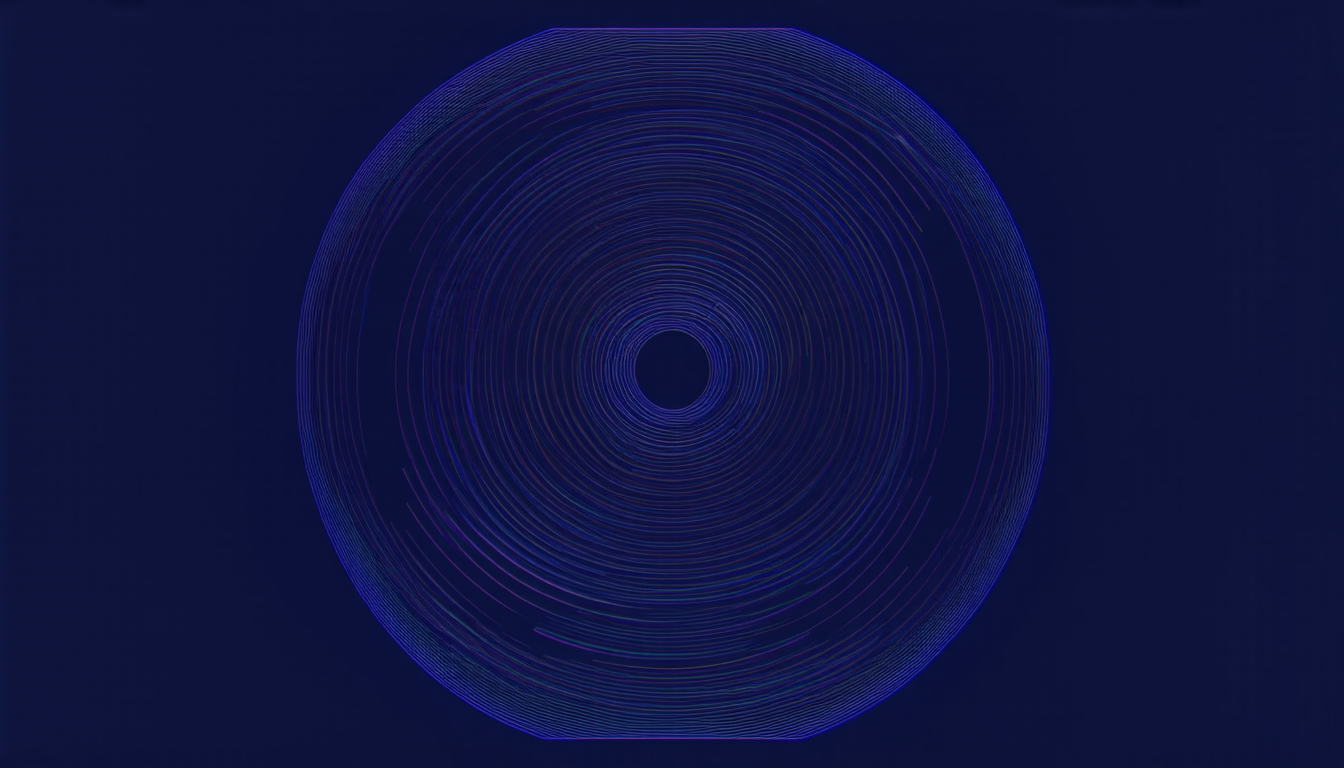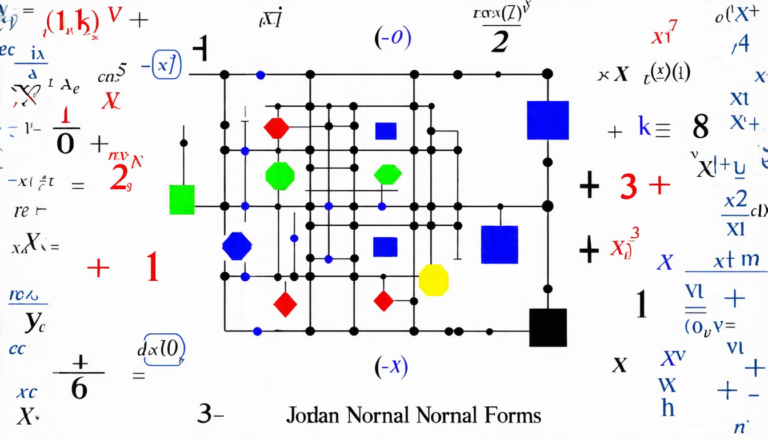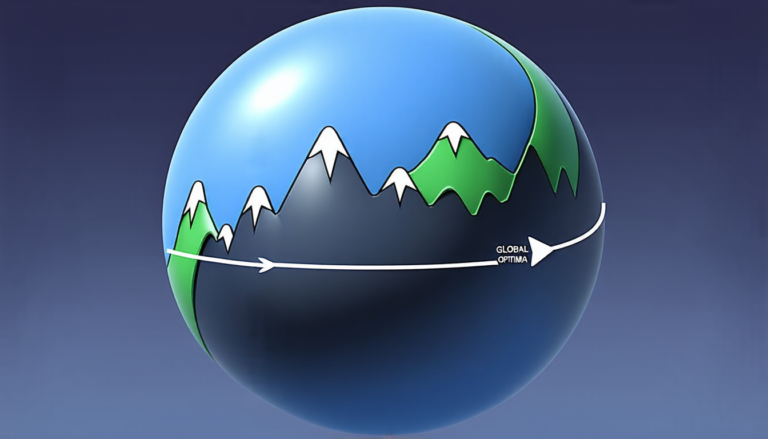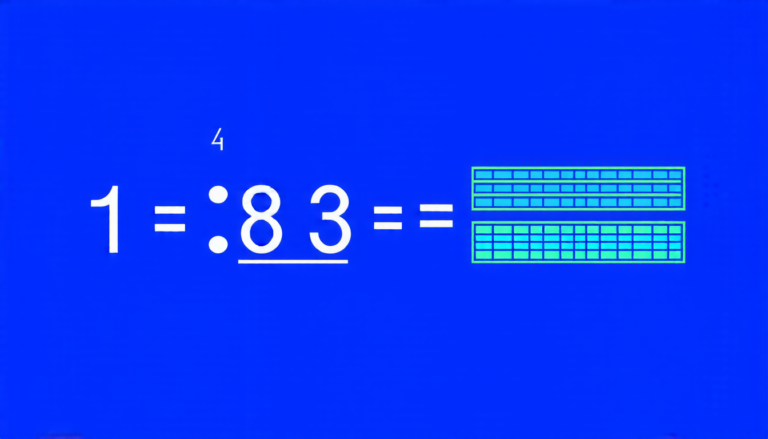Thursday 23 January 2025
The intricate dance of shapes and transformations has long fascinated mathematicians and scientists alike. In a recent study, researchers delved into the realm of circle geometry, exploring the properties of diffeomorphisms – functions that map a shape onto itself while preserving certain properties.
At its core, this research is concerned with understanding how these functions behave when repeated multiple times. The team discovered that for a large class of diffeomorphisms, called C1+bv circle diffeomorphisms, their composition yields an infinite group structure. This means that the set of all possible compositions of such diffeomorphisms forms an infinitely large group, similar to the integers or rational numbers.
But what does this mean for our understanding of geometry and transformation? The answer lies in the concept of rigidity. A rigid function is one that cannot be continuously deformed into another function without changing its underlying structure. In the context of circle diffeomorphisms, the researchers found that many of these functions are rigid, meaning they preserve their unique properties even when composed with other similar functions.
This discovery has significant implications for our understanding of how shapes and transformations interact. Imagine a puzzle where each piece is connected to others through complex geometric relationships. The study of C1+bv circle diffeomorphisms provides valuable insights into the underlying structure of these puzzles, allowing us to better understand the intricate dance between shape and transformation.
The researchers also explored the properties of a special type of function called an affine isometry. An affine isometry is a function that preserves distances and angles between points on a shape while transforming it in some way. The study found that these functions can be used to construct new, infinitely large groups with interesting properties.
One of the most remarkable aspects of this research is its connection to other areas of mathematics. For instance, the team discovered connections between circle diffeomorphisms and the theory of quasisymmetric functions. Quasisymmetric functions are a type of mathematical object that can be used to describe complex geometric relationships between shapes.
The study’s findings have far-reaching implications for our understanding of geometry, transformation, and group theory. By delving into the intricate dance of circle diffeomorphisms, researchers have uncovered new insights into the underlying structure of these puzzles, revealing hidden patterns and relationships that were previously unknown.
Cite this article: “Geometric Transformations: Uncovering Hidden Patterns in Circle Diffeomorphisms”, The Science Archive, 2025.
Circle Geometry, Di Ff Eomorphisms, Group Theory, Rigidity, Transformation, Geometry, C1+Bv Circle Di Ff Eomorphisms, Affine Isometry, Quasisymmetric Functions, Mathematical Structure.







